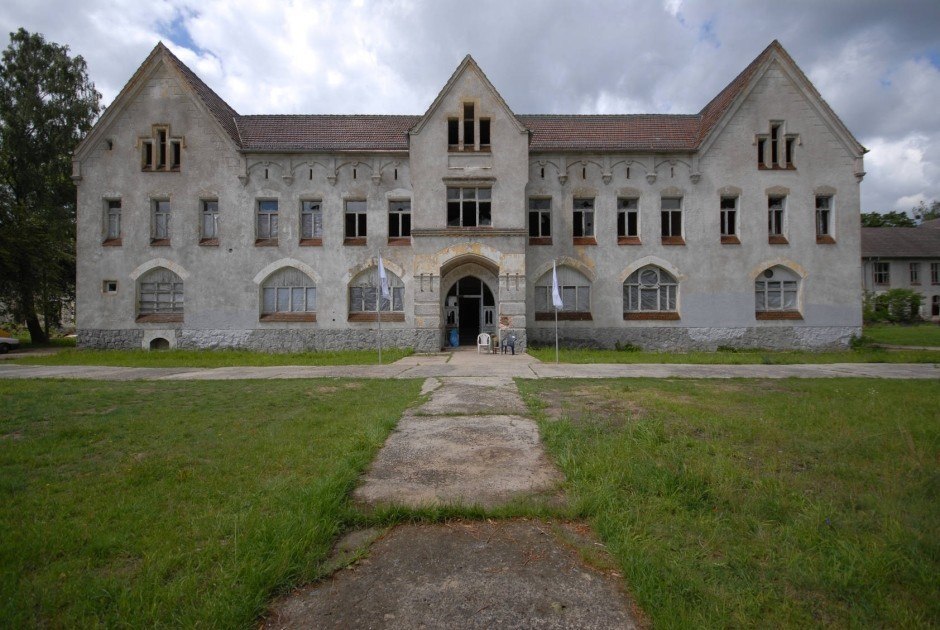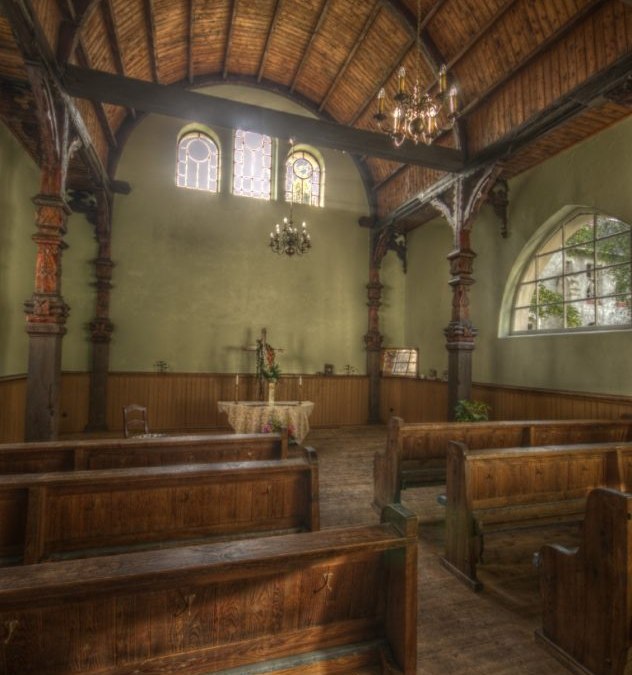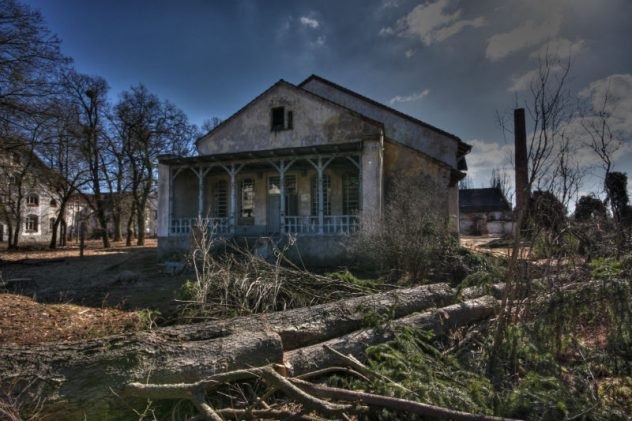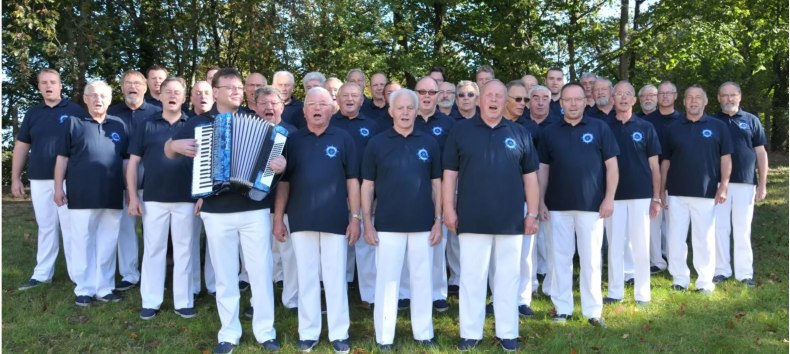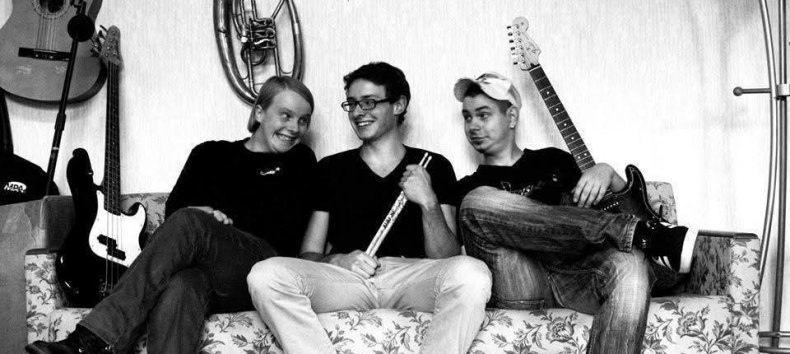The listed ruins of the institution buildings are located on the banks of the Domjüchsee lake in the Strelitz-Alt district of Neustrelitz
The Mecklenburg-Strelitz'sche Landesirrenanstalt Domjüch (Domjüch Sanatorium and Nursing Home from 1934), also known colloquially as Domjüch, was a mental hospital in Mecklenburg.
The Domjüch memorial site is open every Sunday from May to September from 14:00 to 17:00, guided tours take place on Sundays from 14:30 .
Since 2010, the Domjüch Preservation Association has been campaigning for the continued existence of the buildings and organizes cultural events on the site. Join us in discovering a largely unknown gem on the outskirts of Neustrelitz and help us to preserve this historic site.
Domjüch was built in the villa or pavilion style common for such institutions at the time, with no high walls, bars or iron gates to house the mentally ill patients. The asylum had its own chapel and even its own cemetery. Long underground supply corridors stretched between the buildings. The designs for all the buildings came from master builder Otto Witzeck, who had been appointed to the building department of the Grand Ducal government in 1895. The surrounding fields, gardens and parks - planned by Ökonomierat Schulz from Neubrandenburg - enabled the patients to provide for themselves. Thus, in the transition from the 19th to the 20th century, an exemplary medical treatment facility was created within a landscaped park and gardens, equipped with modern water and electricity supplies as well as central heating.
The ruins of the hospital buildings are located on the banks of the romantically situated Domjüchsee lake in the Strelitz-Alt district of Neustrelitz and are a listed building. During the National Socialist era, the institution was a transit station for many disabled people on their way to the Sachsenberg sanatorium and nursing home or, as part of Aktion T4, to the Nazi killing center in Bernburg.
This exhibition is accompanied by lists of names of known euthanasia victims from the Domjüch institution. An important aim of the memorial's future work will be to identify further victims' names and to inform as many living relatives of these victims as possible about the fate of their loved ones. The project "Giving the victims a face" is also part of this memorial exhibition.

